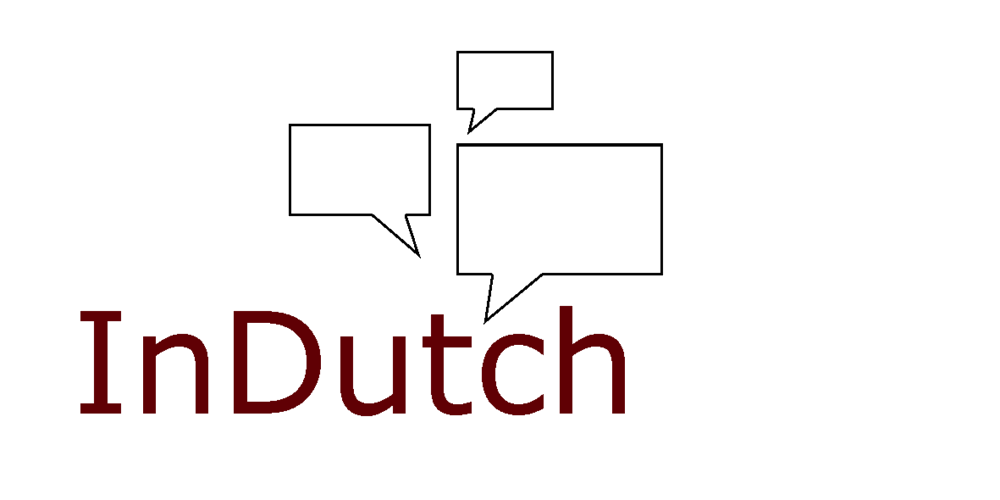Why I offer test translations
Lately, I’ve been offering potential clients a short test translation to see if my style fits their company.
In times when machine translation and AI are so easily available to everyone, it is all the more important to give potential clients the opportunity to see what I can offer them.
AI is not suitable for the translation of customer-oriented texts. High-quality translations are invaluable for the success and reputation of a company.
As a human translator, I can offer all this:
First and foremost, I do not make those stupid or silly mistakes that machine translation and AI still make, in spite of all the technological advances. (I have this game I play with my family over dinner. I let them guess how the machine translated a certain term, especially compound words. Lots of laughs. Disappearing borders for border clearance, and things like that)
No hallucinations.
I can follow a company’s Style Guide – or, if they do not have one, write in the style they use in their existing materials. Even if I am translating and not copywriting, there are still a lot of choices to make that define the style and image of the company: formal or informal you; a lot of English terms or strictly Dutch; longer or shorter sentences. And this can entail more than you think. For IT companies, for instance, I may check if they prefer Microsoft’s or Apple’s preferred phrasing.
I use their preferred terminology. Some companies have a terminology list, but most don’t; and even if they have one, it is never complete. I check their existing materials for their specific jargon, but also to see if they prefer “printen” or “afdrukken”, for instance – to name one easy example.
Also, I apply your style guide and terminology consistently! AI likes to use as many synonyms in the same text as possible, even if they do not fit your intended meaning – which often leads to confusion and embarrassing mistakes.
I can translate puns. The English-speaking world is famous for playing with words, and that can be quite a challenge to translate! I love those (I even wrote my Master’s thesis on them). AI gets them all wrong.
I may ask questions in case of doubts. I hardly ever do – I know people prefer to have the translation delivered without being bothered. So if I have doubts, I will do my utmost to try and find the answer myself first. I will do research, look elsewhere… But if I cannot find the answer, for example if the source text is ambiguous, I will ask my contact, to avoid making a mistake in the translation.
I will point out errors in the source text. No one is going to read the text as thoroughly as your translator. I will need to understand it in detail in order to be able to translate it correctly. So I will spot mistakes and point them out to you. I have caught embarrassing mistakes just before publication of the original text more than once. AI just assumes everything is correct and translates the text as it is.
I know about cultural differences and how to handle them. While AI will try to translate “I hope this email finds you well”, I will just leave the sentence out and let you know that we Dutch-speaking people come straight to the point. Any translation of this sentence will just sound awkward and unnatural.
Talking about cultural differences, let’s not forget about cultural sensitivities. Translators help avoid offence and misunderstanding, like jokes that can make or break a brand’s reputation.
It is great that machines and AI now produce translations that are “good enough for their purpose”. Now everything can be translated immediately for a quick understanding, and it may even be good enough for some internal company materials.
It means human translators can be hired for what matters most, and that even more customer-oriented materials, like websites and brochures, can be translated into more languages.

